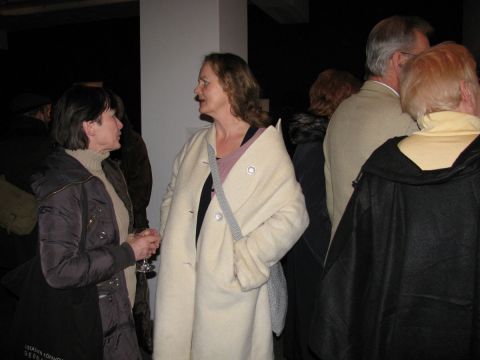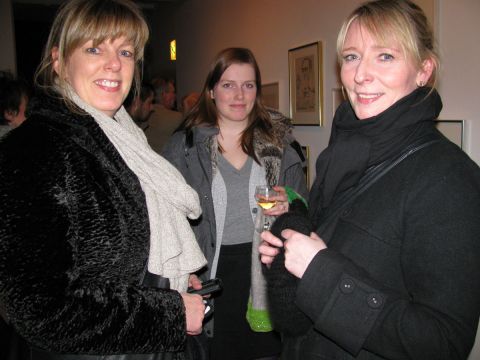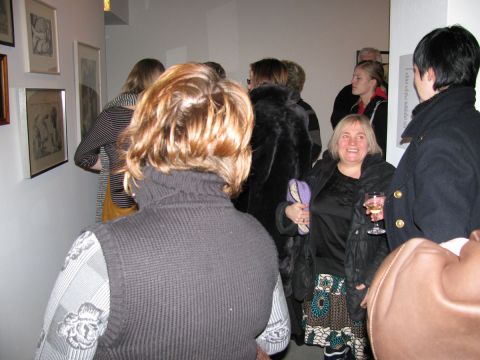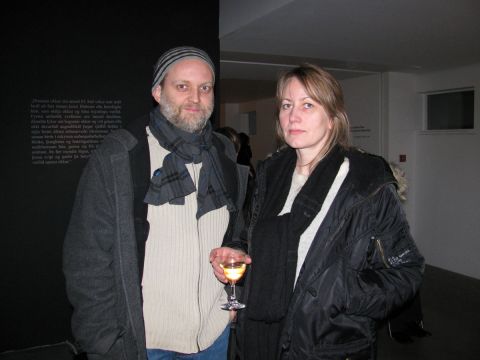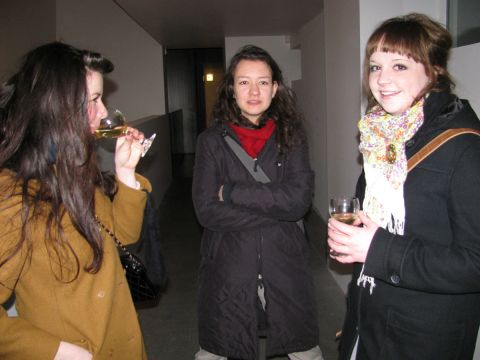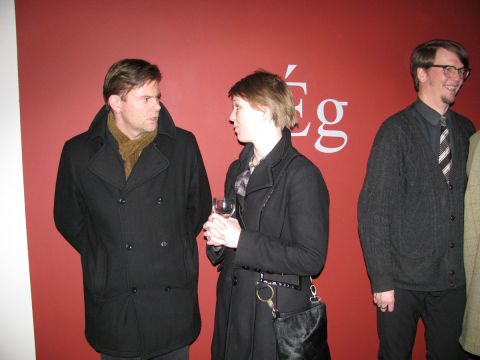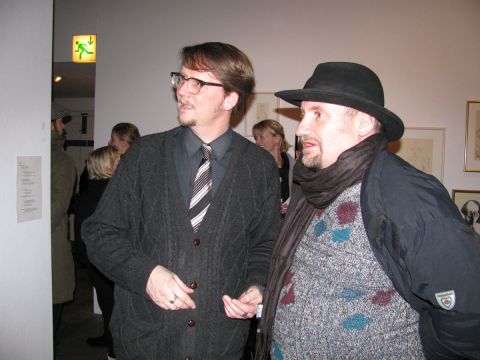Choose year
Shadow Boy - The World of Alfred Flóki
Alfreð Flóki holds a unique place in the history of Icelandic art. He was inspired by symbolism and surrealism, theories of mystics and poets, and did not shun away from offending his countrymen with the daring ideas that those dark wells fostered. In his first exhibition, in the year 1959, it was obvious that Flóki would be sailing against the current of the times. Not only did he denounce the art of painting and abstraction but his figurative subject matter, rendered with charcoal and ink was, to put it mildly, foreign to the Icelandic audience. The viewer was swept from the gray and gloomy life in Reykjavík into a world where human nature emerged in its most extreme form: Procreation and death, constipated religious fanatics wrestling with grinning wanton seductresses, the hardening or rotting of the flesh, horny monkeys and noble ladies with a suspicious past. In a manner similar to how Karen Blixen and Jorge Luis Borges reenacted old traditions in storytelling, Flóki made use of visionary techniques from the past and made them into his own. But even though the way Flóki built his world of images is more reminiscent of the working methods of writers than visual artists, nobody, who looks over his oeuvre, can doubt that he always sought new ways in his visual rendition; here the line is clean and well thought out, there it is unruly and aggressive.
In this retrospective we get to know both the hardworking artist Alfreð Flóki as well as the playful Flóki who aroused people’s curiosity about his private persona in interviews with provocative remarks. The work that is left behind presents to us a person who looked into the abyss and told us — who couldn't but look the other way — stories of that rendezvous, drawn with darkness, both crimson and black.
Sjón
Click on the pictures to view some more on Instagram and post your own by using the #hashtag of the exhibition.
Remember to follow Reykjavík Art Museum on @reykjavikartmuseum.






